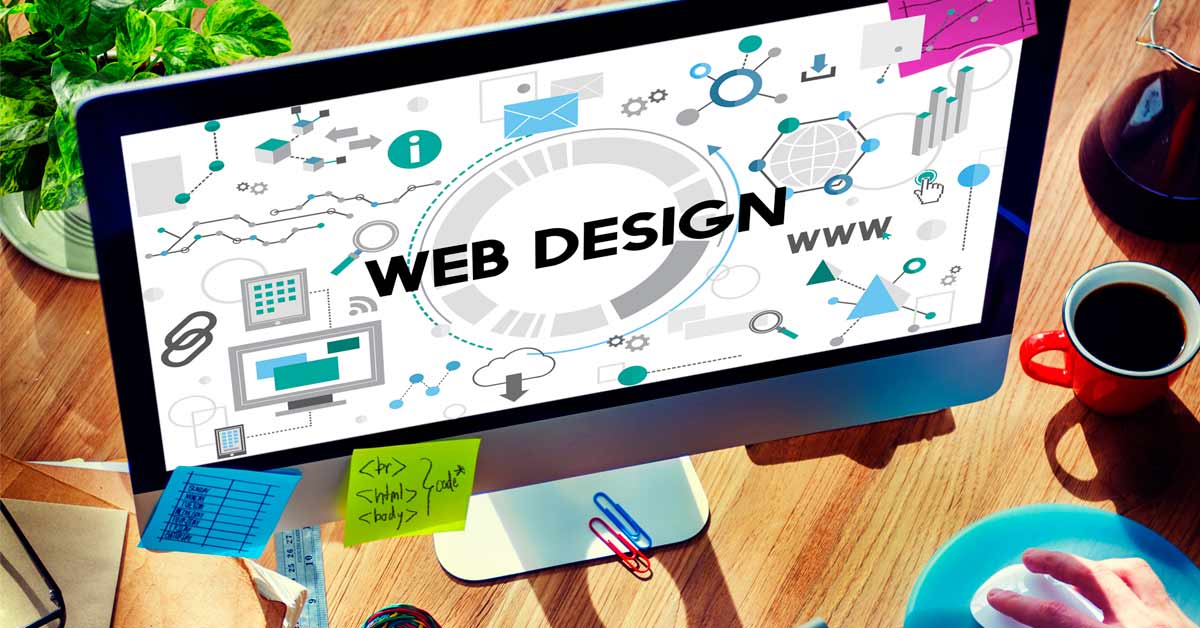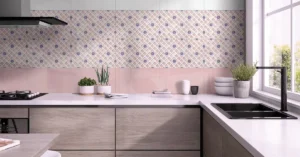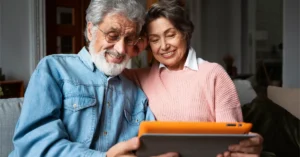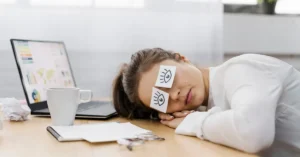Do you know every time you visit a website, you’re interacting with someone’s creation? It’s like stepping into their digital world, complete with colors, fonts, and all sorts of cool features.
Now, this is where it gets interesting – web design is not just about aesthetics. It is also about experience; the customer should feel something. It doesn’t matter if you are looking for a new outfit or a new recipe – the design of the website can make or break your experience.
But that is where the future comes in. We are discussing the new technologies and trends that are shaping the future of web design. From the mobile-first design to virtual reality, the opportunities are numerous.
Well, if you are one of those people who want to know what the future holds for web designing, then you are at the right place. We are going to talk about interface design, from simple designs to AI systems. Well then, sit back and let’s get started!
Responsive Design: A New Standard for the Future
Think of a situation where you are using your phone to surf the web for the nearest coffee shop.
You click on a link and boom! The website fits perfectly on your screen; no zooming is required. That’s the true magic of responsive design. It’s like having a chameleon website that adapts to whatever device you’re using, whether it’s a smartphone, tablet, or desktop.
Why does it matter, you ask? Well, think about how many people access the internet on their phones these days. Spoiler alert: it’s a lot. And if your website looks wonky or takes forever to load on mobile devices, you’re gonna lose visitors faster than you can say “click away.”
But responsive design isn’t just about making things pretty. It’s also about designing a user experience without any interruption. Consumers do not enjoy zooming in on small images or having to wait minutes for a page to fully render. Responsive design also eliminates those headaches and helps people find what they are searching for and stay on your site.
ⓘ Did you know – The websites that have responsive design get over 11% conversion rate
User Experience (UX) Design: Towards a New Future
Have you ever been to a website and found yourself lost in a maze? It is here that UX design kicks in. That is simply making sure that your experience when surfing the web is as easy as possible. Right from the time the user lands on a site to the very instant when they exit the site – every action in between should appear to be seamless.
Think about it like this: have you ever entered a store and wanted everything to be well arranged and found easily? The same goes for websites. UX design is like the friendly store layout that helps you find what you need without getting lost in the aisles.
But it’s not just about finding stuff. UX design also covers things like how fast a page loads, how buttons and menus work, and even how easy it is to read the text. Basically, it’s all the little details that add up to a big difference in how you feel about a website.
For example, let’s say you have a shopping website, and you want to make your site users interact with it in a much more engaging manner. You can use Augmented Reality(AR) technology and make the UX much more immersive and personalized.
Minimalism and Simplicity: The Rise of Clean Interfaces
Minimalism is all about stripping things down to the essentials, making it easier for visitors to focus on what really matters.
You’ve probably noticed this trend taking over the web lately. Websites are ditching flashy graphics and busy layouts in favor of clean lines, lots of white space, and simple typography. It’s like the digital version of a zen garden – peaceful and easy on the eyes.
Minimalism is not only about the exterior. It’s also about functionality. Simplicity is also the best option for designers since it makes websites load faster, function well on various devices, and make navigation easier. It’s like using a new operating system on a computer or switching from an old laptop to a new one.
For example, you have a banking app that has many buttons and features making it difficult for your app users to navigate it. You can make your app much more minimalistic to benefit the users and to improve the effectiveness of your app.
Immersive Technologies: The Role of AR and VR in Web Design
Imagine this: rather than just seeing pictures of products on a website, you could see them in real life and in person in your home. This is exactly what AR does – it brings magic to the real world. It’s like integrating the Internet into the real world and turning the mundane chore of shopping or surfing websites into an exciting adventure.
And then there is VR – it’s like entering a new world. In the case of VR, you could completely dive into a website or digital space as if you were physically present. It is like visiting an exhibition in an online museum or virtually ‘dressing’ in the online fitting room.
But that’s not all; it’s not all for fun and games. Let us not forget that AR and VR are pretty serious when it comes to web design. Think of a scenario where one can see how a piece of furniture will look in their living room before purchasing it or attending a virtual concert from the safety of their living room. The possibilities are endless.
ⓘ Did You Know? – VR & AR market users will reach 3.7 billion users by 2029
Personalization: The Art and Science of User Experience
Personalization is like having a dedicated stylist who understands your personal look and taste. When you visit a personalized website, it’s like the digital version of a warm welcome – everything feels tailored just for you.
And dynamic content? Think of it as the website’s ability to change and adapt based on who’s looking at it. It can switch up its colors depending on who’s watching. Whether you’re a first-time visitor or a loyal customer, dynamic content ensures you’re always seeing the most relevant and up-to-date information. A good example is estate agent website design by Property Stream, where personalization is used to make browsing properties feel intuitive and customer-focused.
But personalization and dynamic content aren’t just about making things look pretty. They’re also about creating a more engaging and enjoyable user experience. When a website feels like it’s speaking directly to you, it’s hard not to stick around and see what else it has to offer. Portals like www.sayenkodesign.com excel at this and can craft websites that don’t just look appealing but also provide tailored experiences that resonate with each visitor. Many businesses rely on these specialized firms to create dynamic, user-centric websites that foster deeper connections with their audience.
Voice User Interface (VUI) and Natural Language Processing (NLP)
So, what’s the deal with VUI? Well, it’s like having a friendly conversation with your device. Instead of typing out your questions or commands, you can just say them out loud, and your device will do its best to help you out. This is like having a digital personal assistant that you can call anytime.
And NLP? That’s the tech that makes your device identify what you’re saying. It is like training your computer to talk to you like a human. NLP is the technology that allows your device to understand you and identify what you are trying to communicate, even if you use different words or sentence structures.
However, VUI and NLP are not limited to asking your phone about the weather or playing your favorite tune. They’re also revolutionizing the way businesses design their websites.
Imagine being able to navigate a website just by talking to it or getting personalized recommendations based on your conversation. It’s like having a website that understands you as well as your best friend.
Conclusion
The future of web design is looking brighter and more exciting than ever. With emerging trends and technologies, the online world is evolving at lightning speed.
As we continue to explore and embrace these emerging trends and technologies, the future of web design holds endless possibilities for creativity, innovation, and inclusivity. So, whether you’re a web designer, developer, or simply a curious user, get ready to embark on an exciting journey into the ever-evolving world of web design.
ⓘ As part of our ongoing support for startups and SMEs, LAFFAZ Media publishes feature and resource articles that may include references and links to external websites. These inclusions are selected at our editorial discretion to provide valuable information or suggestions to our readers. LAFFAZ Media does not control, endorse, or assume responsibility for the content or practices of external websites. For more details, please refer to our Terms and Conditions.






